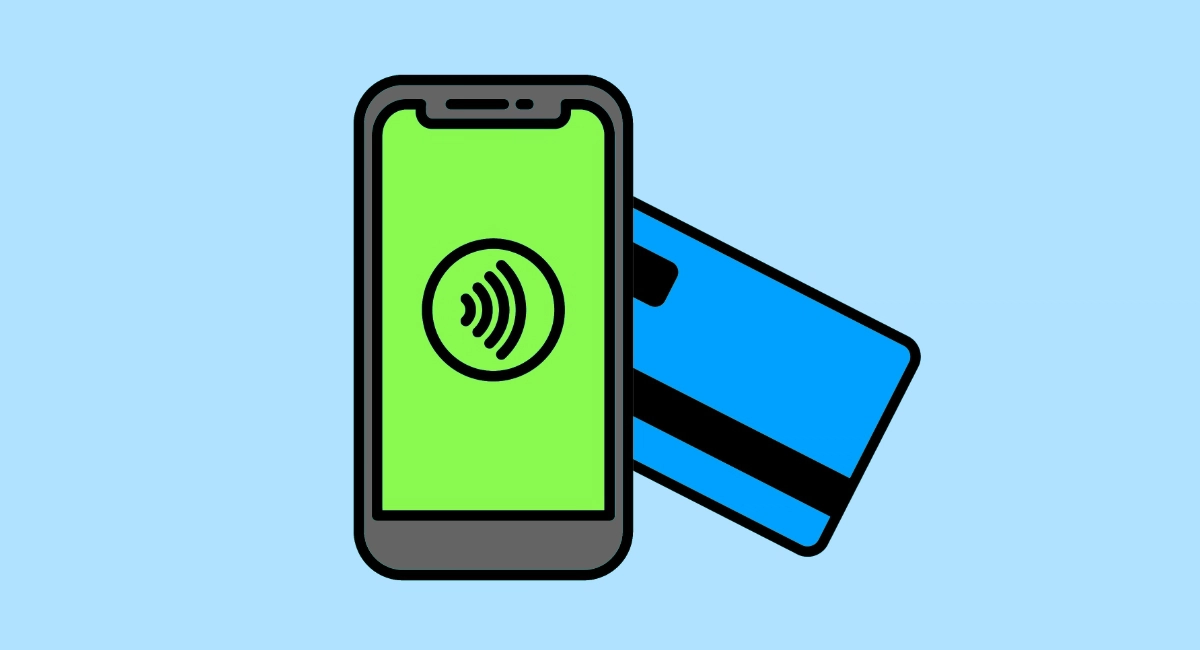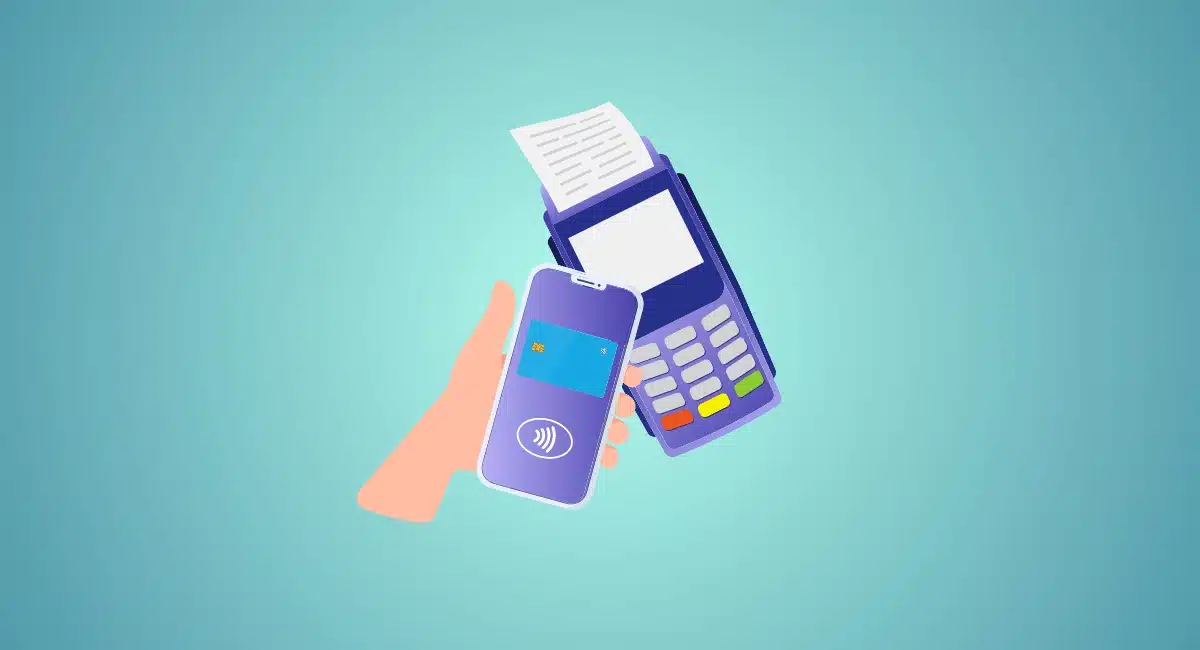SMS payment means using text messages to pay for products or services. Mobile phone users can send text messages to a predefined number with a certain text. The mobile phone carrier will then add the cost to the user’s normal monthly bill or deduct it from the prepaid balance.
Benefits
SMS payments are easy and convenient way to handle micropayments. They offer many benefits for content and service providers, such as website owners or app developers.
-
Instant access to billions of mobile phone users globally.
-
No need to make separate contracts or verify customers’ identity.
-
Customers do not need credit cards or bank accounts.
-
No accounts or passwords to remember.
-
Billing is handled by the mobile phone carrier.
To pay, the customer can simply send an SMS message. In return a code or password is sent to them, enabling access to the premium content.
Billing is handled by the mobile phone carrier. Worldwide revenues from all operators are gathered together by the mobile payment provider and paid out monthly to the developer.
Drawbacks
The ease of the system comes, unfortunately, with some drawbacks.
-
The mobile operator’s share of the revenue is traditionally quite high, and in some cases the developer might gets less just half of what the customer actually paid.
-
Second, prices cannot be set freely (unlike large investments are made), but developers have to choose from so called price points that are offered by the SMS payment provider. The predefined price points available differ by country and local currency. For example, they might be USD 2.99, USD 4.99 and USD 9.99.
Both concerns may be addressed by choosing the SMS payment gateway wisely. There are several premium SMS providers with different offerings, and the ones with large volumes are usually able to offer both higher payout ratios and more flexibility with several pre-set price points.
Regardless of these drawbacks most content developers have been very satisfied with premium SMS payments. The ease of the system for consumers far outweighs negatives, and tests show that implementation of this payment method brings in entirely new customers, who previously did not want or could not make purchases with other available payment methods, thus raising the total revenue.
History of Premium SMS
The first test SMS, “Merry Christmas,” was sent in the UK using Vodafone’s GSM network in December 1992. The first short message service center was installed in Sweden the following year, with the purpose of enabling messages to mobile phones – for example to inform users of new voice mails. This however was just one-way communication from the network, with no possibility to reply or send messages to other users.
Consumers in Finland were the first to send text messages to each other in 1993, when Radiolinja (now Elisa) began offering this service commercially. Nokia phones, also manufactured in Finland, were the only mobiles to support sending SMS (MO, or mobile oriented) at the time. This is called MO, or mobile oriented operation, in contrast to MT, mobile terminated technology.
It was originally thought that SMS would be mainly used by businessmen, who might for example prefer to send messages while in meetings instead of calling. However, after a slow start consumers embraced the idea. The number of SMS sent in the world has been growing exponentially.
In addition to text, SMS messages may be used to transfer binary information. The first implementations were logos and ringtones.



